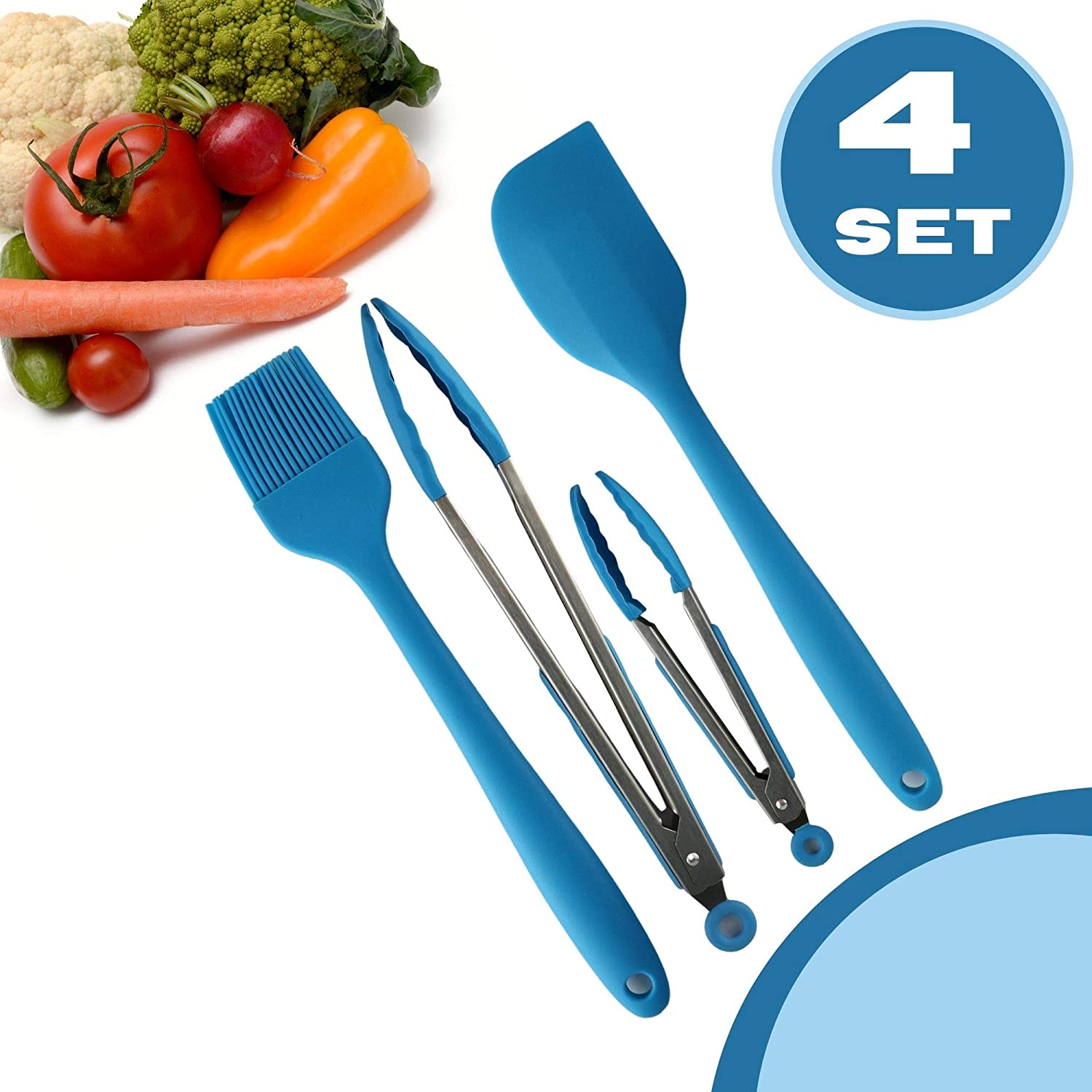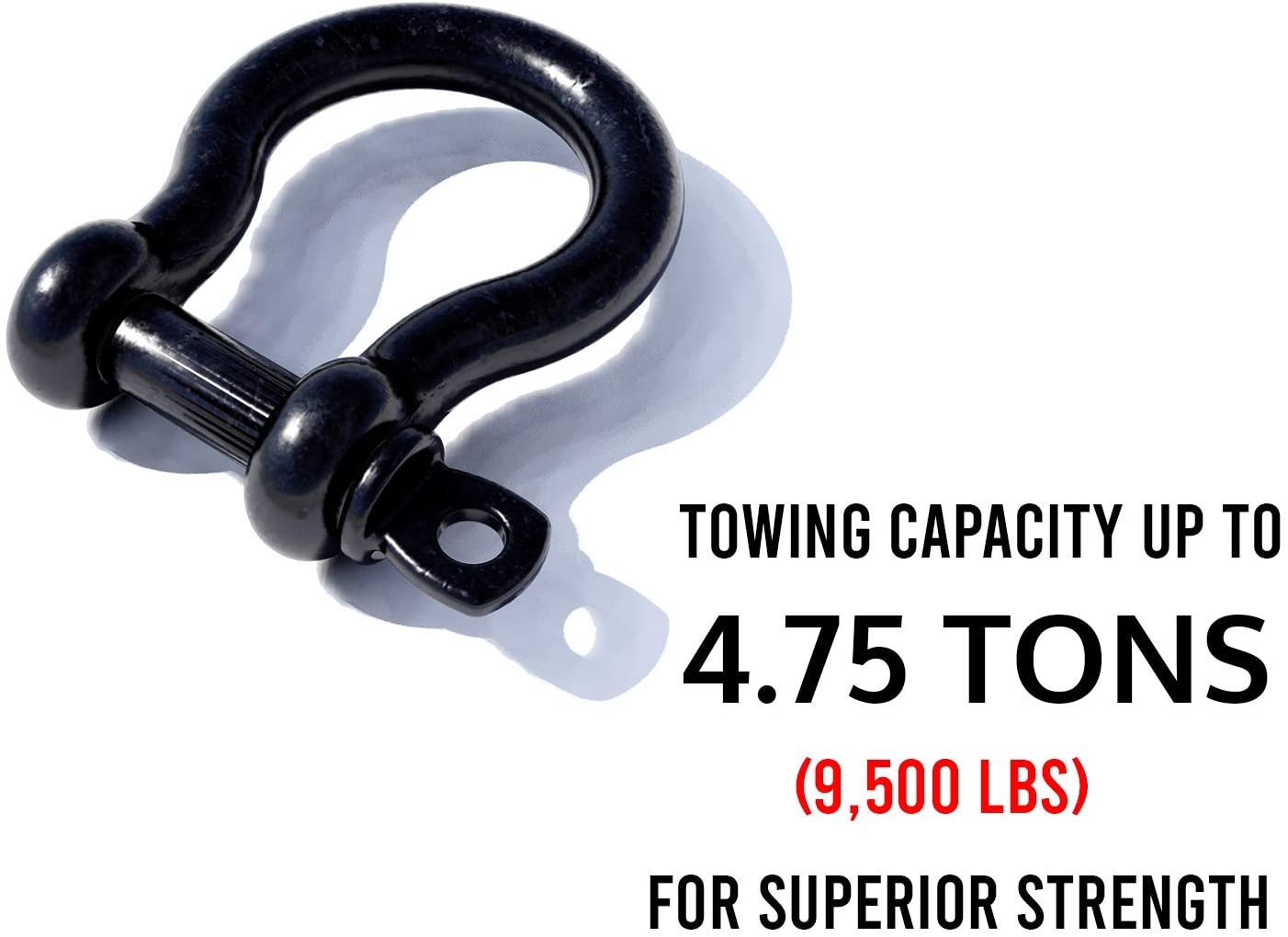
Are Silicone Utensils and Cookware Safe?
Silicone Utensils and Cookware have been gaining a lot of attention in the cooking department, commonly associated with bright colors, smooth surfaces and rubberized finish, it is not uncommon to find silicone spatulas and cookware in households these days.
Why has Rubber Silicone become a preferred material for kitchen utensils?
- Soft - Gaining popularity as an ideal partner for your non-stick kitchen utensils, silicone spatulas and ladles are durable, it can withstand high temperatures and most importantly it doesn’t scrape the coating of your non-stick pans.
- High Temperatures - Silicone kitchen utensils can withstand high temperatures of upto 500˚F, making it safe to be left in a hot pan or used over an open fire at a barbeque.
- Flexibility - The flexibility of silicone cooking utensils gives it the advantage to retain its structural composition through drastic temperature changes. Your silicone cookware can go from the freezer to the oven without expanding or cracking.
- Smooth & Non-Porous - Rubber spatulas and other silicone utensils are smooth to touch on its surface, this makes the material stain resistant and prevents micro-bacterial growth on its surface. It also remains odourless through its life in a kitchen.
- Safe for all appliances - Silicone kitchen utensils can be thrown in the dishwasher, freezer, microwave or oven. Making it a very versatile product in your kitchen.
- Variety - As a material that’s originally translucent, silicone kitchen utensils can be dyed any color, giving you the opportunity to mix and match the aesthetic of your kitchen as you please.
But a lot of people have been asking - Is it safe?
According to the Food and Drug Administration (FDA) silicone is deemed to be safe for cooking and baking purposes, silicone’s inert chemical composition prevents it from releasing toxic fumes and other chemicals that could mix with your food in the duration of its use. The FDA checks all silicone products during its manufacturing process and post-production to ensure they are fit for preparing, treating, packaging, and holding food.
Buying Tips for Silicone Kitchen Utensils.
Food-grade silicone should be 100% silicone. Some companies add plastic fillers that compromise the quality of the product. Silicone products with fillers stand the chance to melt or release toxins during the cooking process that could be harmful for consumption.
- The Twist Test - To test if your silicone kitchen utensils have no fillers, hold it firmly between your fingers and twist. If the color doesn’t change then the product you have is filler-free.
- Heat resistance - Check to see the safe temperature range of the products you purchase. Otherwise, you might run the risk of melting your new silicone utensils.
For those looking to upgrade your kitchenware to Silicone kitchen products, start small to see the utility it brings you. RingBinderDepot has the perfect Silicone spatula set of 4, - 1 Silicone Rubber spatula, 2 Sizes Silicone tongs, 1 Silicone Basting Brush. Head over to their website sign-up and get rewarded.


